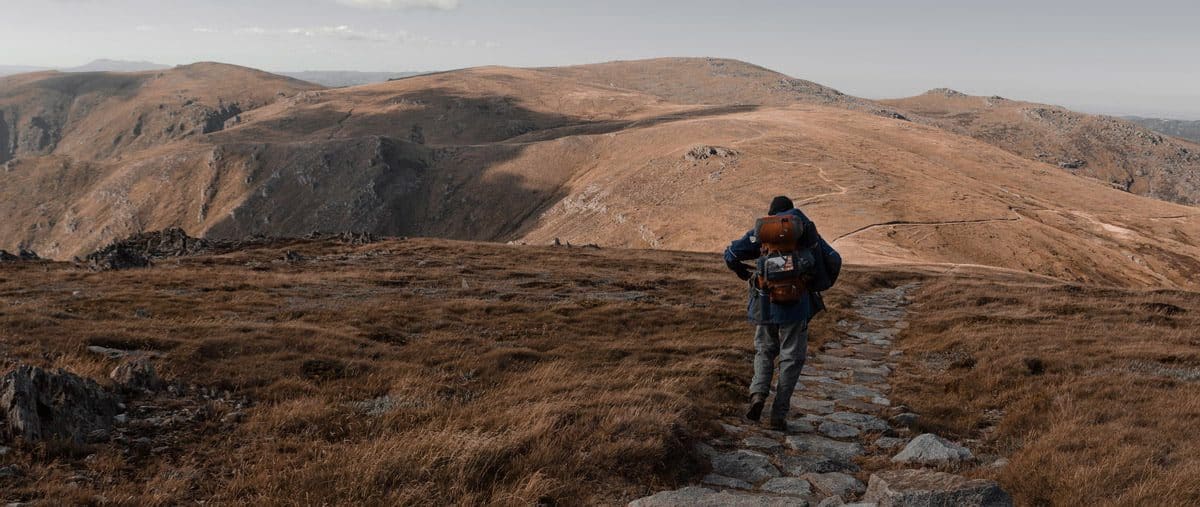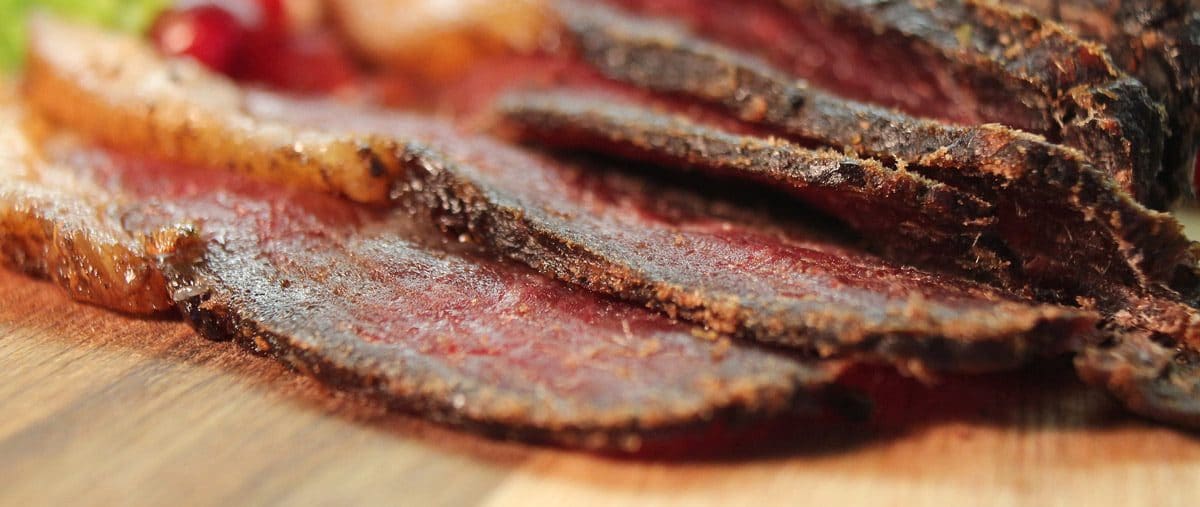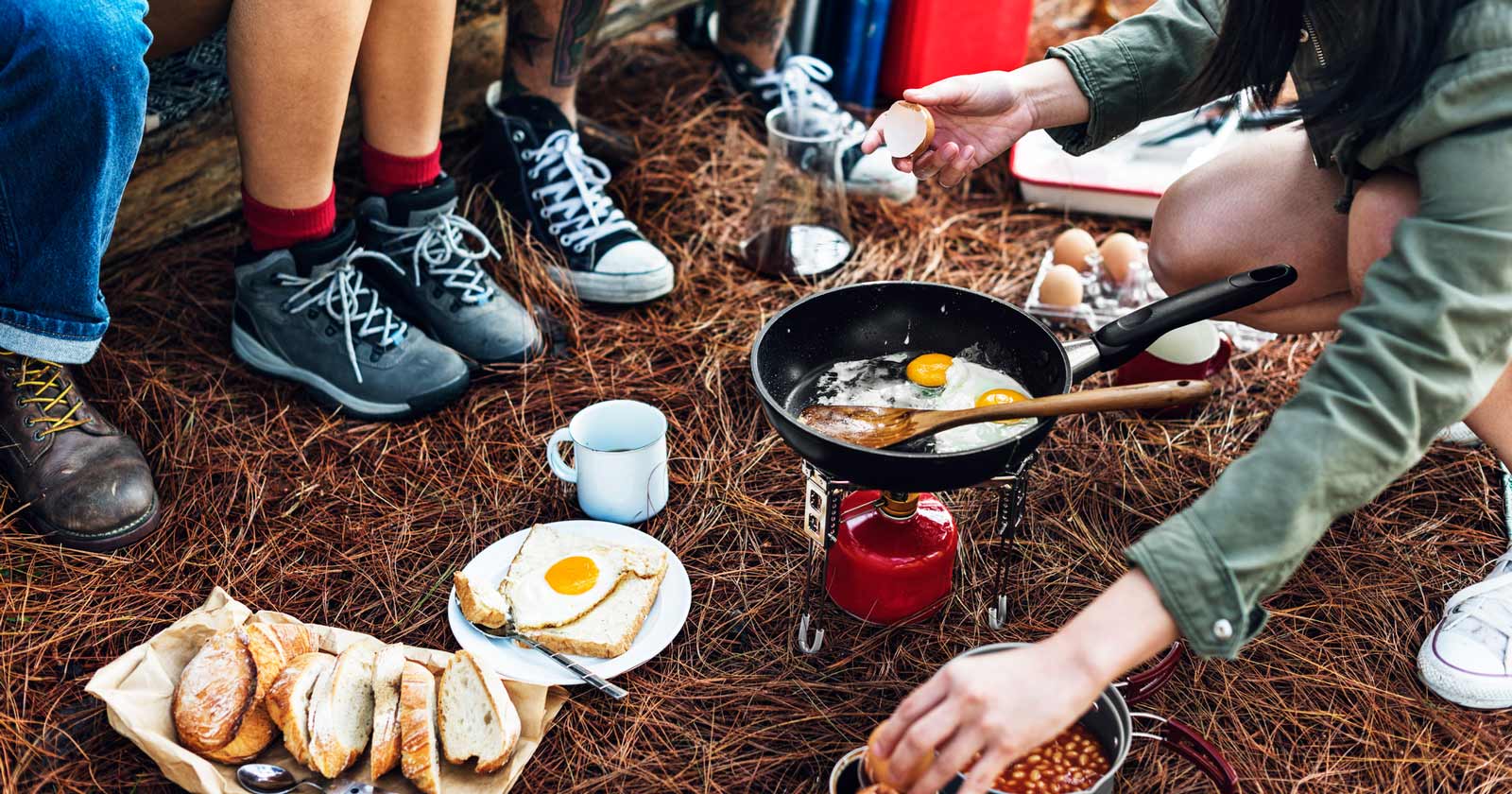Every bushwalker has their own ideas about what to eat on a bushwalk. Here, Bogong owner Neil Blundy gives some hints and tips based on what he has learnt over the years!
Food for multi day bushwalking – a personal perspective
It is important to get the food equation right for long multi day hikes. Having plenty of food to eat is not only important for energy and nutritional requirements but also for morale. There are plenty of mental challenges involved on bushwalks and adding to them with worries about food rationing is not only an unwelcome stress but is totally unnecessary with a little appropriate planning.
On shorter overnight walks and day walks the weight constraints are not nearly so rigid so there is greater freedom to add fresh food to the mix. These notes are designed for longer hikes of four days or more.
How Much?
Various factors influence the quantity and type of food required including the weather and exertion levels encountered. In cold weather more food is required whereas hot weather has a deflating effect on the appetite. However I have consistently found that more than 900 grams per person per day of dry food weight is too much. You can live like a king on 900 grams per day and very well on between 800 and 850 grams. To get food levels below 800 grams require compromises that personally I am not willing to take. Likewise taking too much food has a debilitating effect on longer walks as the weight builds up remorselessly. I am basing my calculations on purely dry type ingredients. An average piece of fruit weighs 200 grams so 4 pieces has blown your daily food allowance with nothing else to eat!
How to organise your food
It is best to organise food centrally rather than splitting between party members with someone bringing this and someone else bringing that. In my experience this inevitably leads to over catering. It is much more efficient to cook in a group, whether this be 2, 3 or 4 persons, so arrange this if possible instead of a solo effort. This gives efficiencies in stoves and fuel use as well as pots and cooking utensils. I like to gather all the food for a longer walk and weigh it and divide by the number of person days to ensure that is within the above guidelines.
What to take of course depends on individual tastes and foibles. Below is a list of the actual weights of food taken for an 8 day trip in Tasmania catering for 2 persons. ie cold weather climate. There are of course infinite variations possible but the principles have stood me in good stead over many years. Weights include packaging.
Food for 2 people for 8 days
| WEIGHT (GRAMS) | WEIGHT (Grams) per person per day | COMMENTS AND SUGGESTIONS FOR SUBSTITUTES | ||
| SNACKS | Scroggin | 3006 | 188 | Mix to taste of nuts, dried fruit, chocolate, jelly beans etc |
| Candies | 186 | 12 | Jelly beans, snakes, sour worms | |
| Muesli bars | 325 | 20 | ||
| Chocolate | 238 | 15 | ||
| Vita Fresh (Tang) | 226 | 14 | ||
| BREAKFAST | Cereal (Vita Brits) | 1078 | 67 | Substitute muesli or porridge |
| Powdered milk | 760 | 48 | ||
| LUNCH | Sesame wheats 3 boxes | 854 | 53 | Substitutes: Mountain bread. Vita Wheat or other cracker biscuits |
| Vegemite | 89 | 6 | A small amount goes a long way | |
| Cheese | 740 | 46 | Harder cheeses keep better unrefrigerated. | |
| Salami | 734 | 46 | ||
| Jam | 256 | 16 | Substitute: Honey | |
| Carrots | 948 | 59 | ||
| DINNER | Pkt soup x 8 | 494 | 31 | Each pkt serves 4 so there are reserves here. |
| Pasta | 640 | 40 | Subtitutes: rice, couscous, mix of all three | |
| Deb potato | 250 | 16 | ||
| Freeze dried meals | 1248 | 78 | ||
| Coffee/milo/tea/sugar | 256 | 16 | Whatever you prefer | |
| Sweet biscuits | 594 | 37 | ||
| Puddings for treats | 260 | 16 |
This equals 824 grams per person per day.
This list includes some “luxuries”:
- Powdered orange drink (Tang). This is high in Vitamin C which is missing from a lot of the other foods and very refreshing on a warmer day and is a welcome balance to a fruit free diet.
- Carrots at lunch. Half a carrot per person/day. My only fresh food. Carrots do not bruise or spoil.
- Some type of pudding, could be dried fruit to stew, custard, or pre packaged desserts for a couple of nights where a special treat is in order and time is not an issue.
- NB: I am not including chocolate and sweets as luxuries – they are essential to keep you going.
This list has some food in reserve for contingencies: Soup, pasta, deb.
Breakfast and Snacks
I like a quick breakfast and to get going with a minimum of fuss. Then I snack constantly throughout the day to keep energy levels up. A good scroggin mix is essential. Pack it into a number of equal weight plastic bags so you can monitor usage. I packed the above into four bags of 750 grams so each bag had to last two days. In cold weather in particular scroggin consumption goes up. Muesli bars such as Clif Bars are a useful snack addition also.
Lunch
Lunch can be varied with luxuries such as tuna in foil sachets (perhaps instead of the carrots). I have taken cheese and salami on 10 day trips without deterioration problems but prolonged hot weather could be difficult. Meats such as ham can only be relied on for shorter trips or the first few days of longer trips.
Dinner
I always start dinner with packet soup which is light, quick to prepare, and there is nothing better than getting some soup on quickly when arriving into camp cold and wet. For mains I tend to use freeze dried meals of which Bogong stocks a huge range but I have dried my own at times. You may prefer to experiment with drying your own but the underlying balance remains the same. As I tend to cook in groups I prefer to cook freeze drieds in the pot with additional carbohydrates. If cooking solo the in-the-pouch method saves weight and time.
Whilst food is an individual thing the above list gives a good mix of food groups required for high energy pursuits and will offer a sound base to start out on. A multi day walk is not a time to be on a diet!
Packaging
Pay attention to packaging. Use the “if you pack it in you can pack it out” rule so obviously excess packaging is to be avoided. I package most things in readily available zip lock plastic bags. Items such as coffee, jam, vegemite can be carried in plastic screw top containers available at Bogong
Quarantine
One final noteworthy point is that New Zealand has stringent quarantine requirements for bringing food into the country and many of the items on this list (salami, cheese, virtually all fresh foods) are not allowed. I have had no issues with bringing commercial packaged dried meals into NZ and two of the brands that we sell Backcountry Cuisine and Outdoor Gourmet are actually made there. See www.biosecurity.govt.nz for further details. Tasmania likewise has quarantine and does not allow fresh fruit or vegetables. All other items on this list are OK, but if you repackage them into plastic bags like I do expect to be treated with suspicion. Take the original packaging with you and throw it out on arrival. Warning: they have excellent sniffer dogs at the airports. There is a complete list at www.dpiw.tas.gov.au
Author: Neil Blundy
Contributed by: Bogong Equipment





